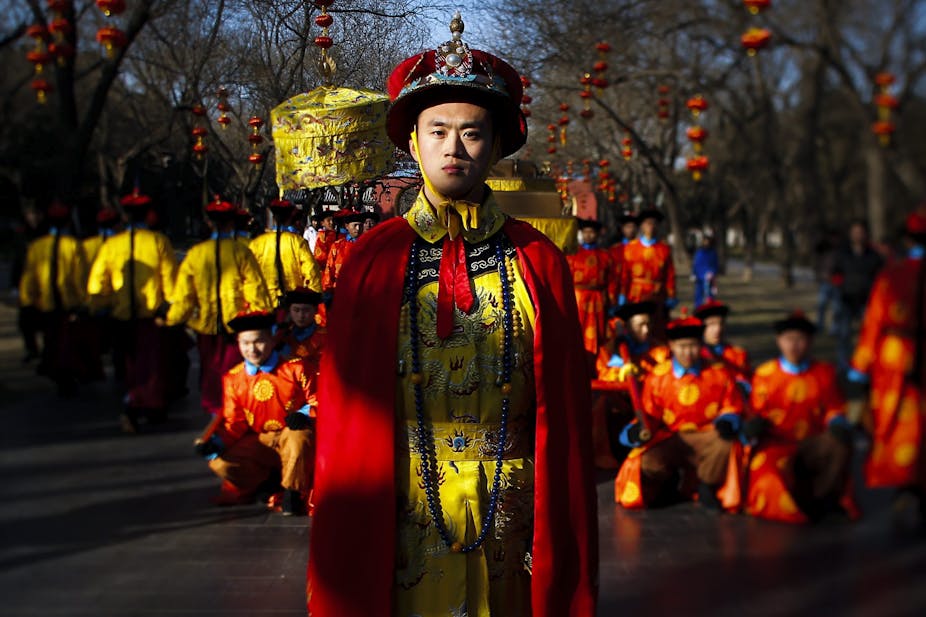Today is the Chinese Lunar New Year – the Year of the Horse – according to the Western Gregorian Calendar. All good? Light the firecrackers! But wait …
According to last year’s Southern Hemisphere Australian Chinese Calendar – which I devised and wrote about here – we in Australia already began the Year of the Horse on August 6, 2013.
And yet no-one, as far as I know, celebrated this important occasion on that date. It wasn’t marked in any way.
Why not?
Going with the flow
As we all know, the flow of seasons in Australia runs contrary to that of China and other regions in the northern hemisphere.
And so, in 2009, we celebrated the arrival of the Year of the Ox on January 26 of the Gregorian calendar, as it fell on the first day of the first month of the traditional Chinese calendar – which is to say “the day on which the astronomical new moon (i.e. conjunction) is calculated to occur”.
In China and elsewhere in the northern hemisphere it was also just nine days before the start of the period known as the “Beginning of Spring” (li chun); whereas in the southern hemisphere we were approaching the end of the summer season.
This spurred me to embark on a research project to look into the traditional Chinese calendar and adapt its core principles to produce a Chinese Medical & Agricultural Lunisolar Calendar (Northern & Southern Hemispheres) relevant to Australia’s local conditions.
And this research project has now evolved into the Chinese Stems & Branches Temporal Calendar.

In short, this is a new global time system whereby the 60 (sexagenary) Stem and Branch cyclical symbols representing the flow of the years, lunar months, days and the 12 double-hour time periods of the traditional Chinese calendar are arrayed in tandem with the years, months and days of the Western Gregorian Calendar and the 24-hour system of Coordinated Universal Time.
With an Australian Chinese Calendar, we now have – assuming it’s used – a time system that can accurately pinpoint the exact date of our own Spring Festival. We also now have a tool to master the alternating flow of the four seasons in the southern hemisphere.
In Melbourne, I am currently using this time system in locating effective acupuncture points – chronoacupuncture – in dealing with difficult clinical conditions.

So, to recap, in the (northern hemisphere) Chinese Calendar, today marks the first day of the first lunar month of the Year of the Horse – a day you will also hear being referred to as the Spring Festival. As the name suggests, this festival marks the end of the winter of the previous year and the beginning of spring in the coming new year.
Based on my calculations, Australia’s Spring Festival date for 2014 is July 26 – at which point we’ll enter the Year of the Sheep.
Four seasons
The change from one season to another is a transformation of the yin and yang. The whole year can be seen as a cycle of warm spring, hot summer, cool autumn and cold winter. Warm and hot weather are considered yang, while cool and cold weather are yin.
We can be at one with the Chinese people and other peoples living in the northern hemisphere in observing the Spring Festival today.
At the same time, we – and those in the north – should be aware that this coming July 26 we will be welcoming the Year of the Sheep in Australia.

